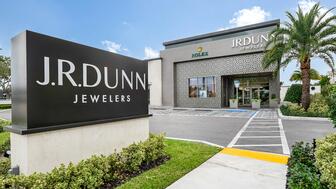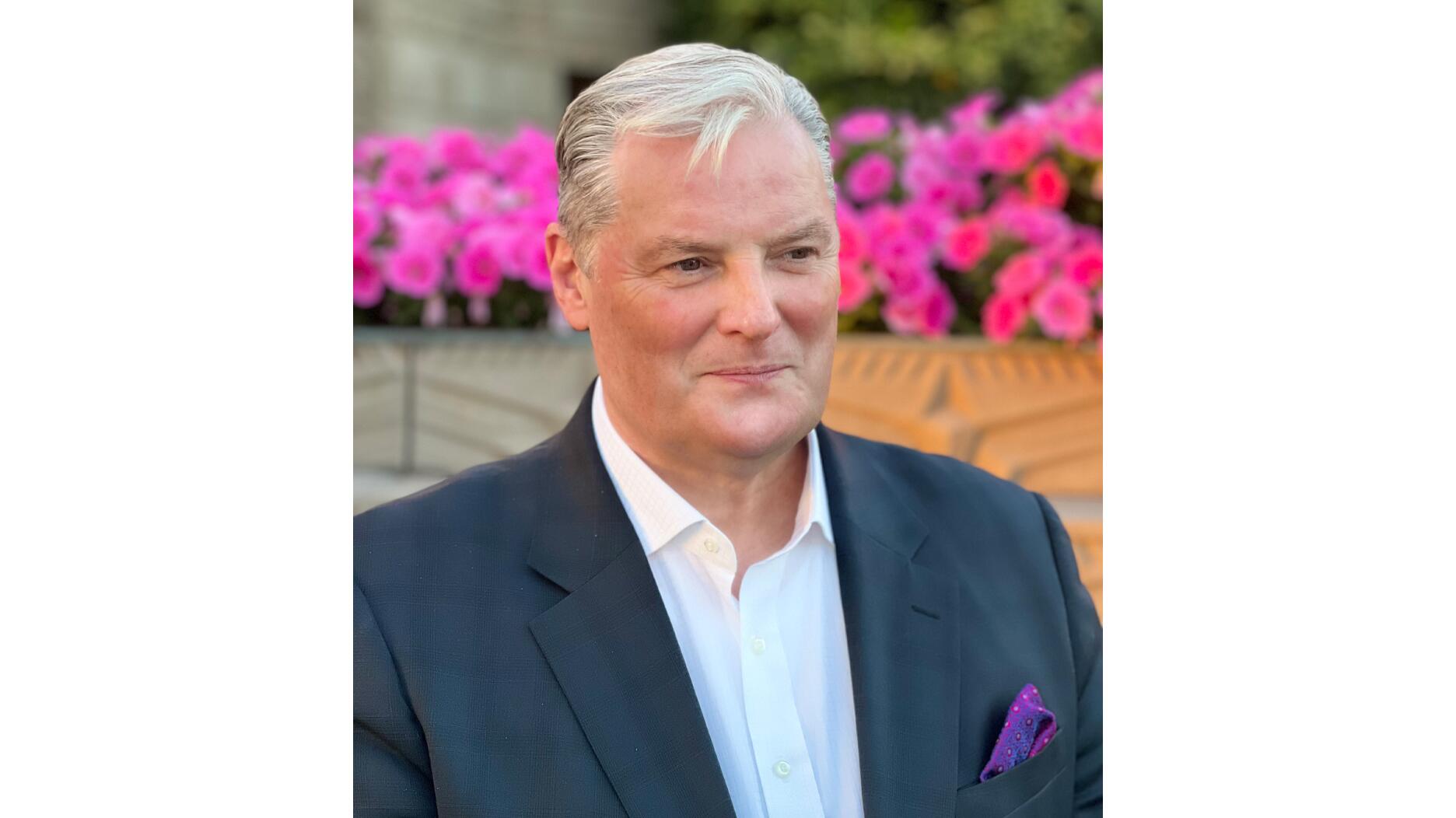Squirrel Spotting: The Case of the Pricey Repair
When it comes to pricing jewelry repairs, you should start by asking a simple question about the piece at hand, Peter Smith writes.

Ray was curious, conflicted even, about the inexact science of pricing repairs for the store’s customers.
As he explained it, he was constantly balancing competing interests each time he quoted a price for a repair.
There seemed to be a prevailing assumption that the customer always wanted the lowest price that could be offered.
The salespeople, more often than not, adopted the role of passionate advocates for the customer getting nothing less than the lowest price possible.
After all, they reasoned, the customer would surely consider them and the store in a poor light if the repair quote was perceived as too expensive.
On the other hand, and perhaps most poignantly, Ray believed that the customer’s best interests, and the store’s best interests, were better served by quoting a price that allowed the shop to deliver the finest repair possible.
Not the bare minimum, not the obligatory repair, but the absolute best job a craftsman could do.
That inherent conflict is, of course, not exclusive to quoting repairs. It is often true for special orders, for custom work, or for any of the many essentials that pepper our days in a typical retail environment.
In thinking about Ray’s pricing dilemma, it occurred to me that there are both practical and psychological factors at play.
We assume customers have a clear sense of what they should pay for repairs when, in fact, the opposite is often true. More often than not, a customer has absolutely no idea what a given repair should cost.
I recently engaged with an appliance repair man about what I perceived to be a small matter with my fridge and, when he let me know what was needed, I decided that it was time to invest in a new refrigerator, after 13 years of fine service.
I didn’t go into the conversation with the appliance repair guy with any awareness of what a repair should cost, and I didn’t immediately conclude that I was being “ripped off” when he listed the possible remedies and the costs of said repair.
The fridge conversation was very matter-of-fact. Certain things needed addressing, and if I wanted them done, it was going to cost me a few hundred dollars.
There was no emotional component to the conversation about my fridge, unless you count its devilment of being too accessible whenever I got even a hint of a craving … darn you to hell, fridge!
“Understanding what a given repair request really means is not a rationalization for overcharging the customer, but an indicator of the best course of action.” — Peter Smith
When it comes to jewelry repairs, believing the customer always expects the lowest price is to assume they have no emotional involvement with the piece in question.
We assume the exchange of payment for labor and materials is nothing more than pure economics just like my refrigerator, minus the edible goodies inside.
Mercifully that is not how the cookie crumbles, at least not every time.
There obviously are occasions when a customer must decide whether a given piece of jewelry matters enough to them to invest their hard-earned money in fixing it.
The condition of the piece may be such that the price of repair will determine whether they will have it fixed or return to whatever little drawer it was nestled in prior to the store visit.
More often than not, however, the jewelry in question is extremely meaningful to the customer. They have a strong emotional bond with the piece, whether it is an important family heirloom or otherwise.
It may have been something acquired or gifted that is imbued with meaning and symbolism. Its restoration might signal something much more profound than the sum total of labor hours and material costs.
Psychological research has definitively established that we place considerable value on things we already own, far beyond what any rational assessment by others might conclude. That means anything we currently own always will be worth more to us than things we have yet to acquire.
Understanding what a given repair request really means is not a rationalization for overcharging the customer, but an indicator of the best course of action.
If the sales or service person engages the customer and asks the right questions, they will have a better understanding of the customer’s emotional quotient.
Ask a simple question such as, “That’s a lovely ring. What’s its story?”
A discovery question like this will result in one of two outcomes.
The first suggests keeping the work a bare minimum, and the price consistent with a lesser effort and fewer materials. And a second option that demands a much higher level of deliverable at a very different price.
The two prices can be offered to the customer (we all love to have choices and control) with a necessary proviso and a strong recommendation.
“Look, we can do the repair for ‘x’ and it will get back to wearable condition. However, I fear that such a repair is a temporary fix and I worry you may have issues down the road.”
That solution might be just what the doctor ordered for the customer, and the qualifier about future issues will have been delivered as a necessary note of caution.
Depending on your conversation with the customer it might also warrant a very different recommendation, such as: “On the other hand, this is what we should do, and it will likely take care of those problems for years to come.
“It is your decision, but I would strongly recommend the second option as I want you to have the absolute best outcome when you pick your ring up next week. What would you like to do?”
If the customer has minimal emotional investment in the ring, they may choose the least expensive option, the bare minimum to make the ring wearable.
If, however, they have a strong emotional investment in their ring, they will want and expect the absolute best repair and restoration possible.
Do the work of engagement and discovery, stop spending from your own pocket, and remember, the very best value is always a satisfied customer.
Happy selling!
The Latest

Set in a Tiffany & Co. necklace, it sold for $4.2 million, the highest price and price per carat paid for a Paraíba tourmaline at auction.

The jeweler’s “Deep Freeze” display showcases its iconic jewelry designs frozen in a vintage icebox.

Take luxury gifting to new heights this holiday season with the jeweler’s showstopping 12-carat sphene ring.

How Jewelers of America’s 20 Under 40 are leading to ensure a brighter future for the jewelry industry.

This year's theme is “Unveiling the Depths of the Ocean.”


In its annual report, Pinterest noted an increase in searches for brooches, heirloom jewelry, and ‘80s luxury.

Starting Jan. 1, customers can request the service for opal, peridot, and demantoid garnet.

Roseco’s 704-page catalog showcases new lab-grown diamonds, findings, tools & more—available in print or interactive digital editions.

The 111-year-old retailer celebrated the opening of its new location in Salem, New Hampshire, which is its third store in the state.

The new catalog features its most popular chains as well as new styles.

The filmmaker’s personal F.P. Journe “FFC” prototype was the star of Phillips’ recent record-setting watch auction in New York.

The new location in the Design District pays homage to Miami’s Art Deco heritage and its connection to the ocean.

Inflations, tariffs, and politics—including the government shutdown—were among consumers’ top concerns last month.

“Longtime favorite” presenters, as well as first-time speakers, will lead talks and workshops at the annual event in Tucson next year.

Silas Smith of Meridian Metalworks won the challenge with his pendant that blends Australian and American landscapes.

The sale of the 31.68-carat, sunset-hued stone was part of Sotheby’s first series of events and auctions in Abu Dhabi.

The collection features characters and motifs from Ukrainian folklore, including an enchanted mirror and a magic egg.

MatrixGold 3.11, the newest version of the jewelry design program, offers more flexibility, precision, and creative control.

The pavilion will be part of the 2026 JA New York Spring show, scheduled for March 15 to 17.

Kadet, a 1994 National Jeweler Retailer Hall of Fame inductee, helped grow the family-owned retailer in the Chicago area and beyond.

Billed as the world’s smallest wearable, Lumia Health’s new smart earrings have a health tracker subtly embedded in the back.

Don’t let those with December birthdays feel blue. Help them celebrate their month with blue zircon, turquoise, and tanzanite.

The new pink sapphire version of the piece dances with its wearer in the brand’s “Icons After Dark” holiday campaign.

A choice that’s generated a lot of commentary, Pantone says “Cloud Dancer” marks a fresh start and encourages relaxation and creativity.

The manufacturer’s holiday campaign features a gift guide filled with trending designs and jewelry that can be personalized.

The man was charged with theft, accused of ingesting the necklace while in a jewelry store in Auckland, New Zealand.

The Florida independent expanded its store from 8,000 to 14,000 square feet, fulfilling the vision of its late co-founder, Jim Dunn.





























